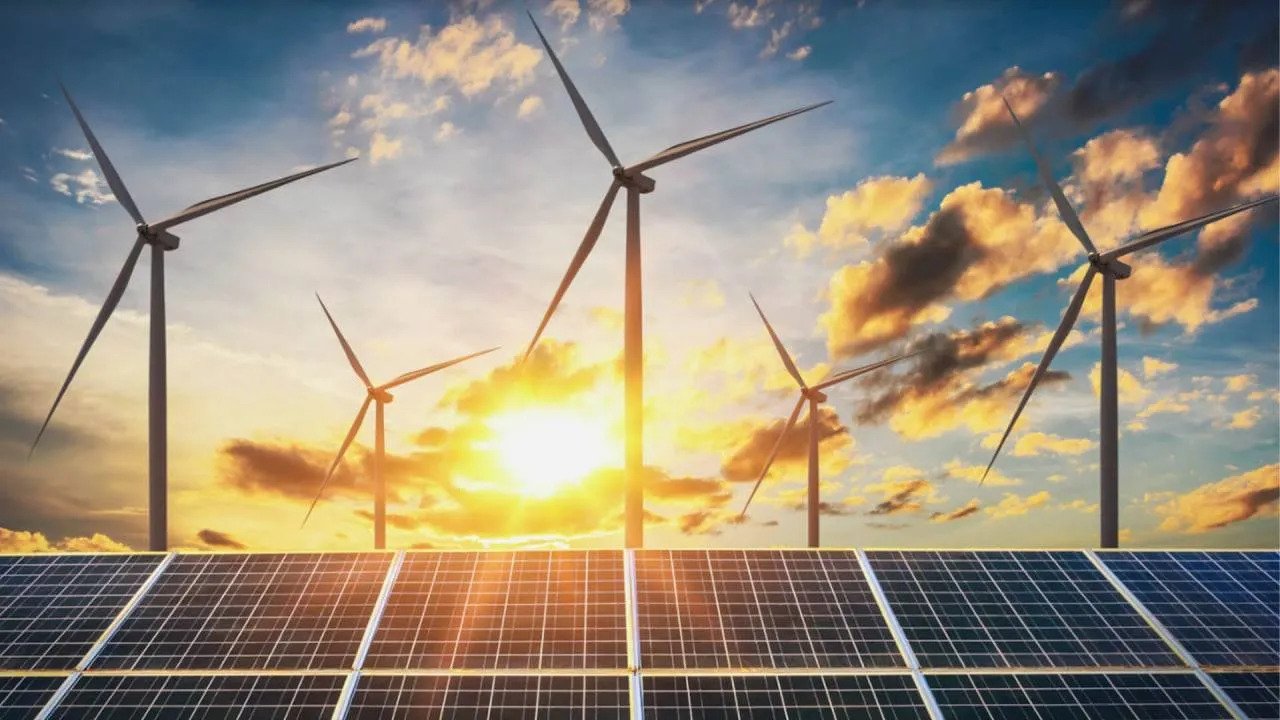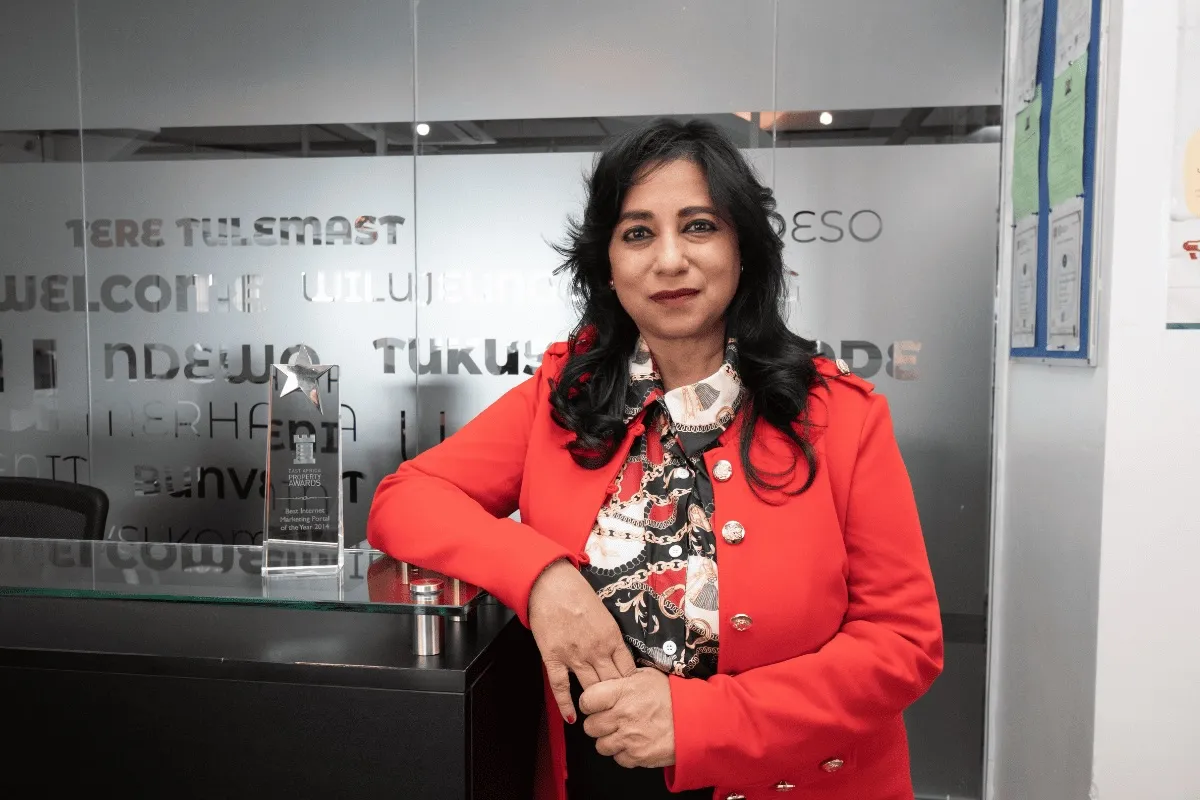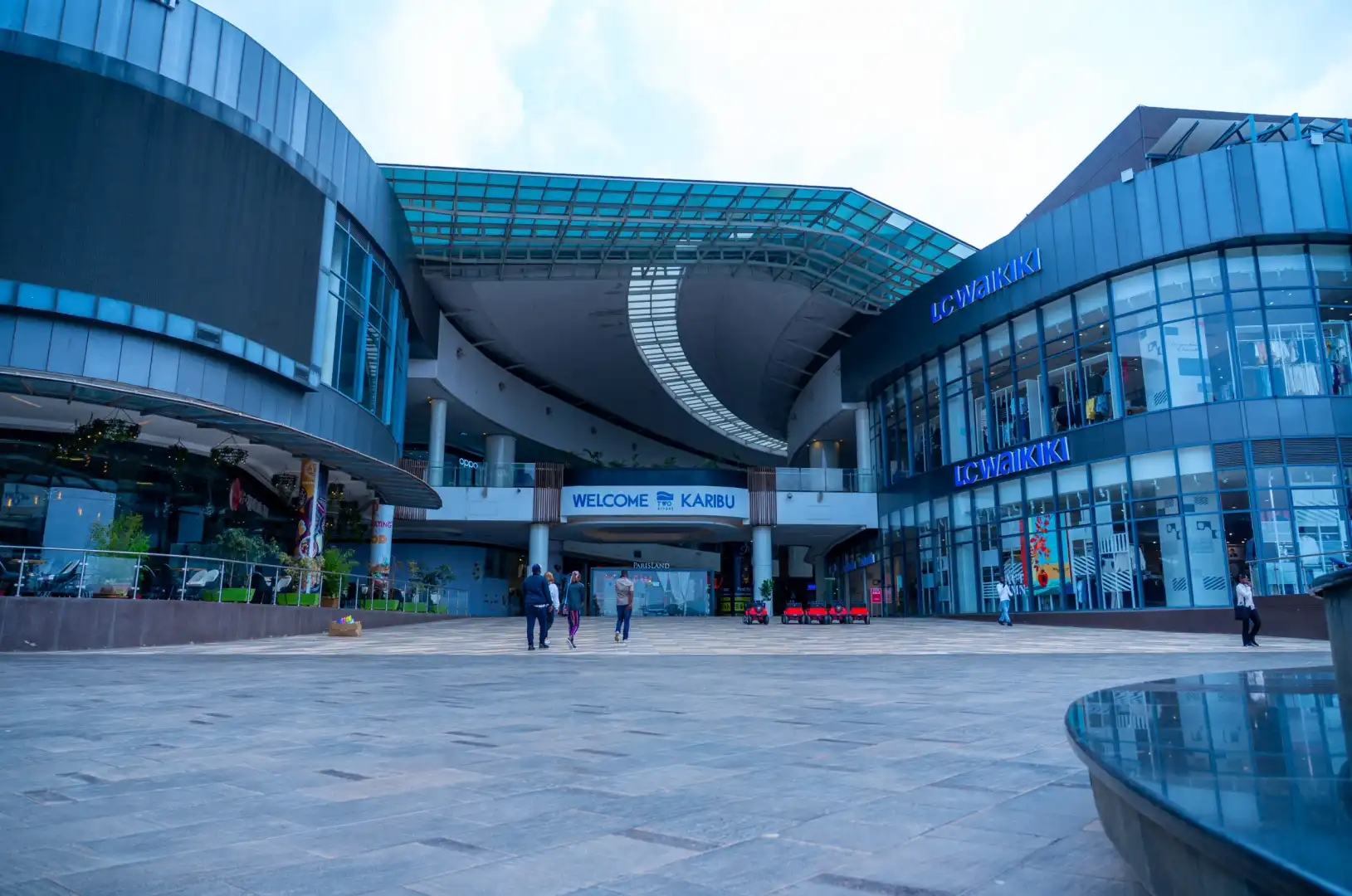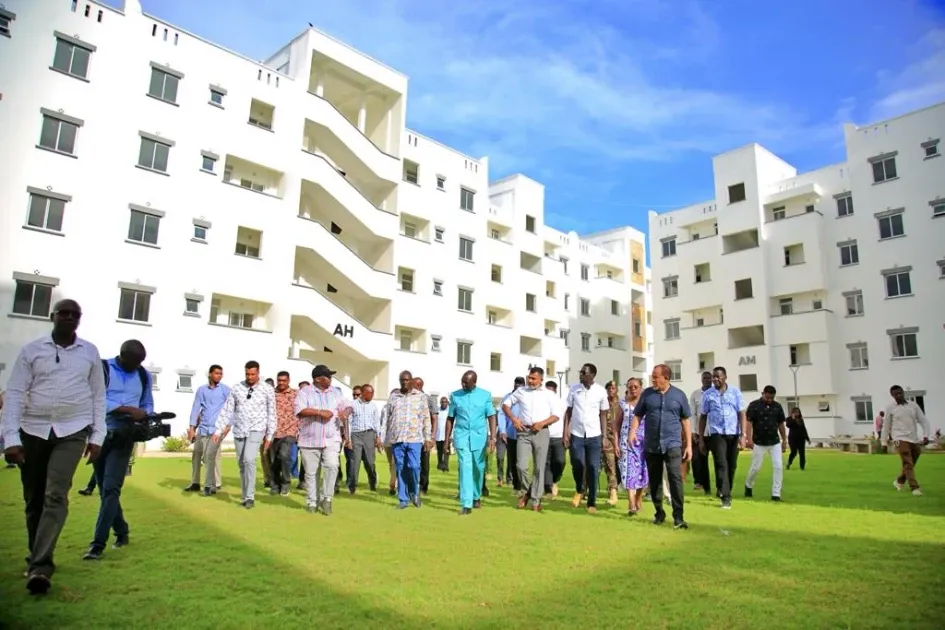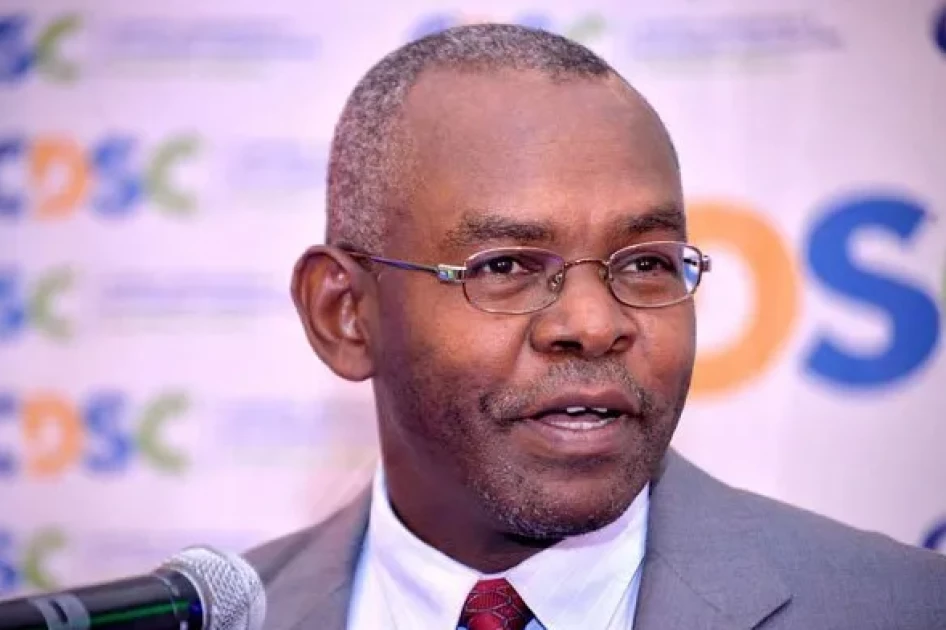Hewani Energy has unveiled plans to inject USD 250 million (approximately Ksh 33 billion) into the Meru Wind-Solar Energy Project in Kandebene Sub-Location, Tigania West Constituency. Slated for completion within three years, the hybrid facility will generate 220 megawatts of clean electricity—enough to power more than 400,000 homes—and marks one of Kenya’s largest rural renewables ventures under the national Bottom-Up Economic Transformation Agenda (BETA).
A cutting-edge hybrid design
The Meru project will pair 200 megawatts of wind power—harnessed by 32 high-capacity turbines—with 20 megawatts of ground-mounted photovoltaic solar panels stretched across roughly 100 acres of gently rolling farmland. To smooth out fluctuations in wind and sunlight, a 10 megawatt-hour battery energy storage system will sit alongside the generation assets, storing excess output during peak production and discharging it when demand surges. All power will feed directly into the national grid via the nearby Isiolo substation, barely ten kilometres from the site.
By combining two complementary renewable sources with grid-scale storage, Hewani Energy aims not only to increase Kenya’s clean-energy share, but also to bolster grid stability, reduce reliance on diesel peaker plants and shave peak-time tariffs.
Aligning with Kenya’s BETA and rural electrification goals
The Meru Wind-Solar Energy Project is a flagship under President William Ruto’s Bottom-Up Economic Transformation Agenda, which seeks to channel investment into rural infrastructure, agriculture, health and energy access. Since its launch, BETA has already helped push national electricity access rates from under 40 percent a decade ago to nearly 80 percent today. Yet in parts of Meru County, especially in remote highland communities, fewer than half of households enjoy reliable grid connections.
By placing this 220 megawatt facility squarely in Tigania West, the government hopes to lift local electrification well above regional averages, spawn new economic activity—such as agro-processing, cold storage and small manufacturing—and pave the way for universal rural connectivity by 2030.
A robust public-private partnership
Hewani Energy’s Meru venture is structured as a multi-stakeholder collaboration. South Africa’s Seriti Green holds a 75 percent majority share, while Japan’s Eurus Energy retains 25 percent. The Meru County Investment and Development Corporation (MCIDC) has been allotted an initial 5 percent equity stake, with the option to increase its holding to 20 percent once the project reaches commercial operation. This alignment ensures that a portion of project revenues flows directly into county coffers, reinforcing synergies between national priorities and local development needs.
Empowering landowners and communities
Central to the project’s social license has been Hewani Energy’s community engagement drive. The developer has signed option and license agreements with approximately 2,000 local landowners, securing rights over uninhabited, non-sacred rangelands free of residences, graves or protected species. Of these agreements, nearly 1,800 will convert into long-term leases of 20 to 30 years, depending on the final power purchase agreement terms.
Landowners hosting turbine foundations will earn a guaranteed minimum of Ksh 200,000 per year, while neighboring plot owners receive between Ksh 10,000 and Ksh 20,000 per acre annually. In addition, 1.5 percent of the project’s gross electricity-sale revenues will be distributed directly to all participating landowners, and another 0.5 percent will seed a community trust fund dedicated to education, health, agriculture and water-resource projects.
This model has already spurred rapid title-deed issuance: during President Ruto’s recent development tour of Mt. Kenya, more than 1,800 deeds were handed out in nearby Kibiru, unlocking formal land rights and enabling families to benefit fully from lease payments.
Regulatory clearances and environmental stewardship
Hewani Energy has secured all key approvals required to break ground. Environmental licensing from the National Environment Management Authority confirmed that the site’s biodiversity impact is minimal, while the Kenya Civil Aviation Authority granted height clearances for turbine hubs rising some 150 metres above ground. Detailed soil surveys and hydrological studies have guided turbine foundation design, and wet-season construction protocols will protect watercourses and prevent erosion.
To safeguard permanence, the company will deploy drone-assisted inspections and an advanced SCADA system that monitors turbine performance, weather conditions and battery health in real time. A dedicated escrow fund—financed by a portion of tariff revenues—will underwrite major maintenance or replacement costs to ensure continuity over the project’s 20- to 30-year lifespan.
Financing framework and PPA outlook
The USD 250 million capital stack combines equity from Seriti and Eurus with non-recourse project finance from Kenyan and international lenders. Early-stage bridge loans will convert into long-term debt once the power purchase agreement with Kenya Power is finalized. Current market indications suggest the tariff will be competitive with recent wind and solar agreements—enough to deliver mid-teens equity returns, assuming standard availability factors and grid uptime.
This financing structure mitigates sponsor risk and attracts multilateral backers keen to support Kenya’s green-energy transition, setting a precedent for future renewable investments in secondary counties.
Plugging into Kenya’s renewable energy ambitions
Kenya already generates nearly 2,800 megawatts of power, with clean sources accounting for over 80 percent of capacity. Geothermal leads at roughly 40 percent, followed by large hydro and wind; solar contributes under 5 percent today. By adding 220 megawatts of wind-solar deployment, the Meru project will lift solar’s share, diversify supply, and inch the nation closer to its Vision 2030 goal of a fully renewable grid.
Peak demand has surged past 2,300 megawatts in recent months—driven by rapid urbanization, a growing tech services sector and expanded manufacturing. The Meru farm’s battery buffer will shave evening peaks and help smooth morning ramp-ups, reducing Kenya Power’s reliance on expensive thermal peakers and stabilizing household and industrial tariffs.
Jobs, skills and local economic spin-offs
Construction of the Meru Wind-Solar Project will create more than 500 short-term jobs—for civil works contractors, equipment installers and support services—and roughly 50 permanent positions for operations, maintenance and community liaison staff. Hewani Energy has forged partnerships with local technical institutes to deliver tailored vocational training, ensuring that residents acquire turbine-maintenance, solar-installation and battery-system skills that will serve Kenya’s entire green-energy sector for decades to come.
Beyond direct employment, electrified villages can nurture small enterprises: cold-chain storage for dairy and horticulture, grain milling services, digital kiosks for mobile-money transactions and ICT hubs. Local schools and clinics will benefit from reliable lighting and vaccine refrigeration, while microfinance groups can deepen outreach using solar-powered operations.
Socio-economic dividends and community trust
The community trust fund, seeded by 0.5 percent of gross revenues, will launch initiatives in local primary schools—upgrading classrooms, providing learning materials and training teachers—and finance borehole drilling to improve water access in arid hamlets. Healthcare clinics will receive solar power backups for essential equipment, while smallholder farmers can access grants for drip-irrigation pilot projects.
Such co-benefit models strengthen social cohesion, reduce grievance risks and help ensure that the project’s legacy extends beyond power generation into lasting improvements in quality of life.
Mitigating risks and ensuring longevity
Operational risks in wind-solar developments include turbine downtime, battery degradation, extreme weather events and land-use conflicts. To address these, Hewani Energy will:
- Conduct quarterly drone-based aerial surveys to spot blade damage, erosion or unauthorized encroachment.
- Maintain a field-service footprint with mobile repair units ready to deploy within hours.
- Host an open-door grievance desk in the Tigania West sub-county office, staffed by project liaisons and county officials.
- Allocate part of every quarter’s revenues into a maintenance escrow account, ensuring funds are available for major overhauls or component swaps.
These mechanisms, combined with strong community ties and formal lease agreements, aim to preserve the project’s integrity for its full contractual term.
Replication potential in East Africa and beyond
Meru’s hybrid blueprint echoes successful installations in neighbouring markets—from Ethiopia’s Adama wind farms to Uganda’s emerging solar corridors—and could serve as a template for mid-sized economies seeking balanced renewables portfolios. By proving that community-centered, technology-driven renewable projects can thrive outside capital cities, Hewani Energy paves the way for replication in Rift Valley counties, the northern highlands and coastal regions.
Regional power pools, such as the Eastern Africa Power Pool, may soon tap surplus wind and solar generation, smoothing seasonal hydropower gaps in Tanzania or Rwanda and allowing Kenya to export clean electrons across borders.
Heading towards Nairobi 2026 and a green future
As Nairobi prepares to host the United Nations Climate Change Conference (COP 30) in late 2026, Kenya has a unique opportunity to showcase its clean-energy leadership. The Meru Wind-Solar project, by demonstrating scalable private-sector investment in rural renewables, strengthens the country’s case for blended-finance mechanisms, carbon-credit innovations and cross-border transmission corridors.
In the coming years, integrated planning between national authorities, county governments and development partners will be key to unlocking further projects, from geothermal expansions in the Rift Valley to offshore wind studies at Lake Turkana. Kenya’s green-energy revolution—powered by visionary ventures like Hewani Energy’s Meru farm—could soon become a blueprint for sustainable development across the continent.
Ready to take your career to the next level? Join our dynamic courses: ACCA, HESI A2, ATI TEAS 7 , HESI EXIT , NCLEX – RN and NCLEX – PN, Financial Literacy!🌟 Dive into a world of opportunities and empower yourself for success. Explore more at Serrari Ed and start your exciting journey today! ✨
Photo source: Google
By: Montel Kamau
Serrari Financial Analyst
30th April, 2025
Article, Financial and News Disclaimer
The Value of a Financial Advisor
While this article offers valuable insights, it is essential to recognize that personal finance can be highly complex and unique to each individual. A financial advisor provides professional expertise and personalized guidance to help you make well-informed decisions tailored to your specific circumstances and goals.
Beyond offering knowledge, a financial advisor serves as a trusted partner to help you stay disciplined, avoid common pitfalls, and remain focused on your long-term objectives. Their perspective and experience can complement your own efforts, enhancing your financial well-being and ensuring a more confident approach to managing your finances.
Disclaimer: This article is for informational purposes only and does not constitute financial advice. Readers are encouraged to consult a licensed financial advisor to obtain guidance specific to their financial situation.
Article and News Disclaimer
The information provided on www.serrarigroup.com is for general informational purposes only. While we strive to keep the information up to date and accurate, we make no representations or warranties of any kind, express or implied, about the completeness, accuracy, reliability, suitability, or availability with respect to the website or the information, products, services, or related graphics contained on the website for any purpose. Any reliance you place on such information is therefore strictly at your own risk.
www.serrarigroup.com is not responsible for any errors or omissions, or for the results obtained from the use of this information. All information on the website is provided on an as-is basis, with no guarantee of completeness, accuracy, timeliness, or of the results obtained from the use of this information, and without warranty of any kind, express or implied, including but not limited to warranties of performance, merchantability, and fitness for a particular purpose.
In no event will www.serrarigroup.com be liable to you or anyone else for any decision made or action taken in reliance on the information provided on the website or for any consequential, special, or similar damages, even if advised of the possibility of such damages.
The articles, news, and information presented on www.serrarigroup.com reflect the opinions of the respective authors and contributors and do not necessarily represent the views of the website or its management. Any views or opinions expressed are solely those of the individual authors and do not represent the website's views or opinions as a whole.
The content on www.serrarigroup.com may include links to external websites, which are provided for convenience and informational purposes only. We have no control over the nature, content, and availability of those sites. The inclusion of any links does not necessarily imply a recommendation or endorsement of the views expressed within them.
Every effort is made to keep the website up and running smoothly. However, www.serrarigroup.com takes no responsibility for, and will not be liable for, the website being temporarily unavailable due to technical issues beyond our control.
Please note that laws, regulations, and information can change rapidly, and we advise you to conduct further research and seek professional advice when necessary.
By using www.serrarigroup.com, you agree to this disclaimer and its terms. If you do not agree with this disclaimer, please do not use the website.
www.serrarigroup.com, reserves the right to update, modify, or remove any part of this disclaimer without prior notice. It is your responsibility to review this disclaimer periodically for changes.
Serrari Group 2025








